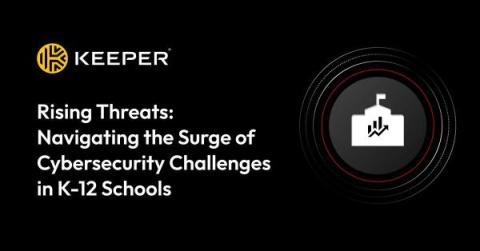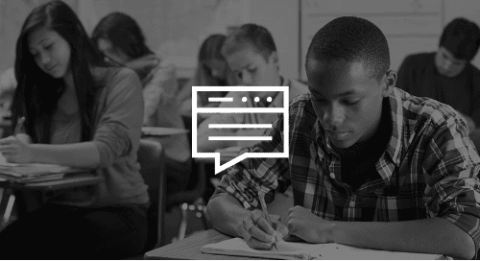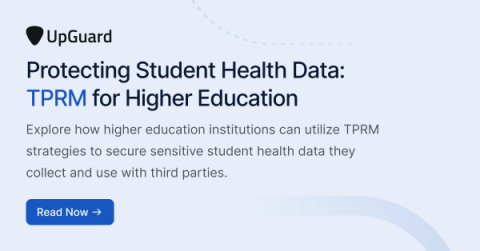Digital Frontier: Z-Library and PDF Drive on Modern Learning
The digital age has revolutionized the way we access and consume information. Online platforms like Z-Library and PDF Drive have emerged as game changers in the realm of education and research, offering free access to countless books and resources. This blog post delves into how these digital libraries are transforming learning experiences, the challenges they face, and their implications for copyright and information sharing.










